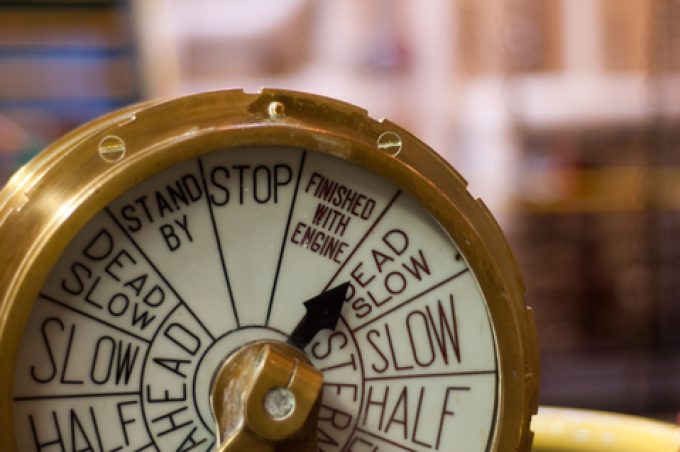Container counterfactuals: spot market vs time-charters
Spotting the time-charter correction…

The containership charter market could see a new spike this year, as liner operators look to redesign their networks to compensate for ships reducing speed to meet new IMO emissions regulations set for January.
This potential positive development for the charter market was highlighted by Dr John Coustas, CEO of non-operating containership owner Danaos, during the company’s Q2 earnings call this week.
Dr Coustas said the new environmental regulations were obliging ocean carriers to “redesign their operating loops with lower speeds to ...
Volcanic disruption at Anchorage could hit transpacific airfreight operations
Shippers snap up airfreight capacity to US ahead of tariff deadline
New price hikes may slow ocean spot rate slide – but for how long?
Forwarders stay cool as US 'liberation day' tariffs threaten 'global trade war'
Tighter EU import requirements proving 'a challenge' for forwarders
Supply chain delays expected after earthquake hits Myanmar
Looming Trump tariffs will create 'a bureaucratic monster' for Customs

Comment on this article